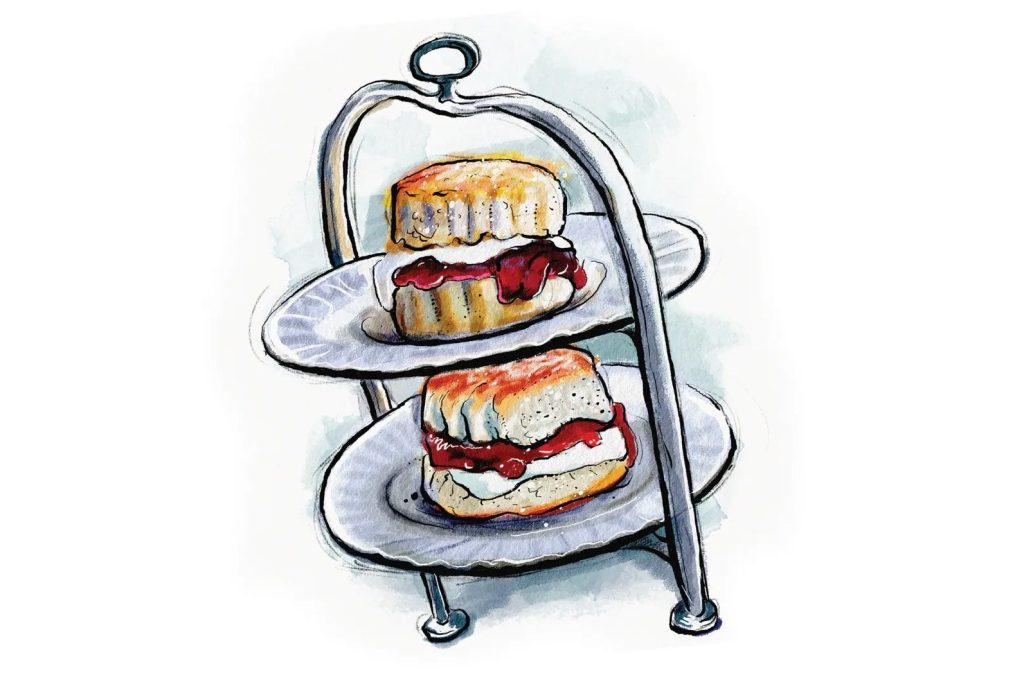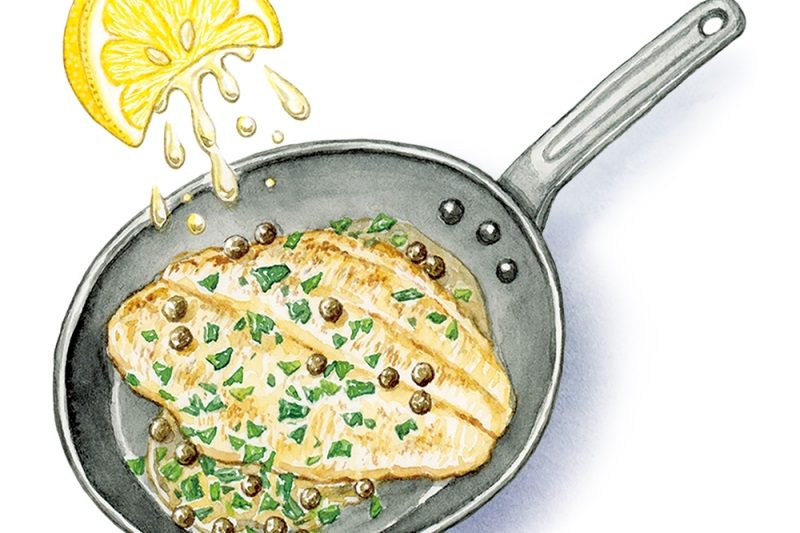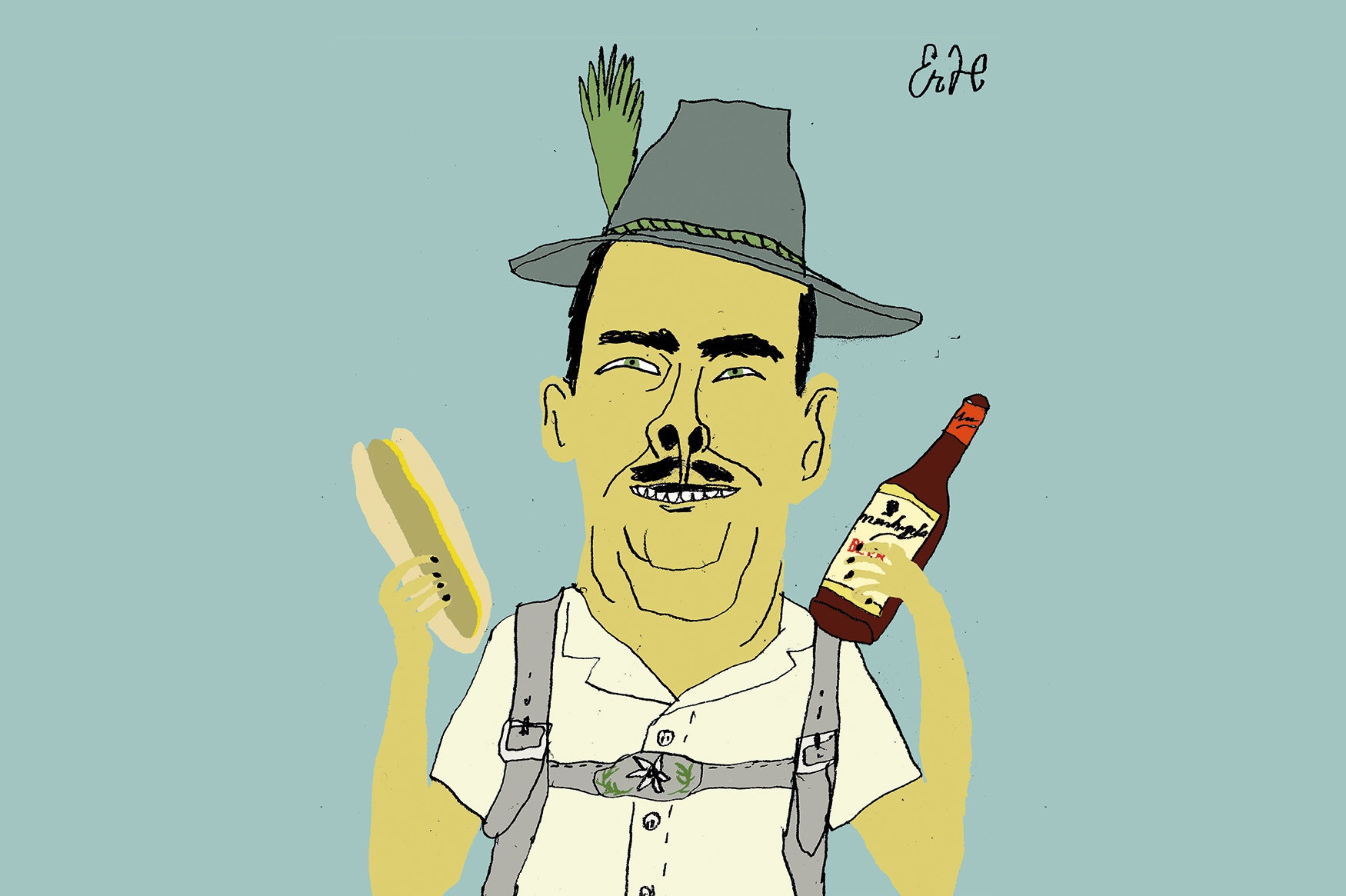I am evangelical about scones as a gateway bake — they are the perfect entry point for the nervous baker. They don’t require any nonsense. Rubbing the butter and flour together by hand and stamping the dough out is straightforward; and as long as a scone is risen and golden-topped after baking, then you’re fine.
But more than that, if you can bring a scone dough together — and you can, I promise — then you can bring any pastry dough together. I’m not suggesting you open a pâtisserie while your first batch is still in the oven, but rather that scones can be a confidence-builder for the novice baker, in a way that biscuits, cakes and brownies can be quite the opposite.
Scones can be a confidence-builder for the novice baker, while biscuits and cakes can be quite the opposite
As with a lot of baking, there will always be scaremongers. You only need to watch thirty seconds of The Great British Baking Show to hear someone warning against overworking scones, as if one extra prod of your dough will result in irreparable woe to you and your loved ones.
But yes, the less you handle a scone, the better, as it will result in a more tender crumb when it bakes. But don’t let this put you off. As long as you’re not kneading it like it’s a loaf of bread, you’ll still end up with something lovely.
That said, there are easy steps you can take to maximize the height and handsomeness of your scone. I don’t roll my scones with a rolling pin at all — instead I pat out the dough until it is the depth I want, and then stamp out rounds. Dipping the cutter in flour between each scone, and ensuring that you gently ease the scone from the cutter, rather than twisting it, will guarantee that the edges of the scone aren’t compressed and allow the greatest possible rise. Oh, and I also turn the scones upside down as I place them on the baking tray, which gives them an even smoother top.
Scones are famously divisive, however. These are plain ones, which means that they immediately pose the question: are these Devonshire or Cornish scones? In both counties, plain scones are eaten as part of a cream tea, which is different from afternoon tea or high tea. Cream tea is simply a scone, split in half and eaten with cream and jam, served with a pot of tea. It’s probably one of the finest ways to refresh oneself of an afternoon.
Amid this joy, however, the rivalry between Devon and Cornwall about the correct way to handle this cream tea is fierce. The difference between the two is of course that in Devon, the cream is spread on the scone first, with jam on top, while in Cornwall the reverse is true.
The manner of eating scones occupies a disproportionately large place in the British psyche, as if they can tell the moral virtue or turpitude of an individual by how they eat theirs. Even those who have never been to Devon or Cornwall, let alone hail from those parts, have strong opinions and are not afraid to let you know what they are. These are molehills that many are willing to die on.
My stance is probably more controversial than either: I literally don’t care. I certainly think both cream and jam are required for the perfect scone experience; I think in these specific plain scone circumstances, cream is better than butter, and my preference is for clotted cream, as it’s physically more stable. But beyond that, if you’re offering me a scone with cream and jam in any kind of order, I won’t be complaining.
Makes 8 Takes 15 minutes Bakes 12 minutes
– 1½ cups self-raising flour
– 1 tsp baking powder
– ½ tsp salt
– ⅔ cup butter, cold
– 3 tbsp superfine sugar
– ⅔ cup whole milk
– 1 egg, beaten
- Preheat the oven to 390°F and line a baking tray with baking paper
- In a large bowl, stir the flour, baking powder and salt together. Cut the butter into small cubes and rub them through the flour mixture with your fingertips until it resembles breadcrumbs. Stir the sugar and salt through, then add the milk. Use a knife to start combining the mixture, then, as it begins to come together, briefly use your hands to form a dough
- Flour a work surface and turn the dough out onto it; the dough will be quite soft. Sprinkle flour over the top and use your hands to pat it into a layer about an inch and a half deep
- Use a two-inches round cutter to stamp out rounds. Flour the cutter between each scone, and lift it away from the dough, rather than twisting. Transfer the cut scones upside down to the lined baking tray
- Pat together the remaining dough and continue stamping until all the dough is used
- Paint the top of each scone with the beaten egg, taking care that the egg wash doesn’t drip down the sides as this will inhibit the rise
- Bake for twelve minutes until the scones are golden and risen, before transferring to a cooling rack and leaving to cool. These scones will keep in an airtight container for a few days, but are at their very best eaten on the day of baking
This article was originally published in The Spectator’s UK magazine. Subscribe to the World edition here.


























Leave a Reply